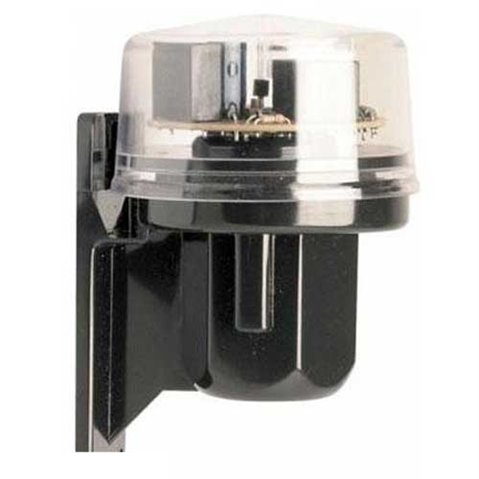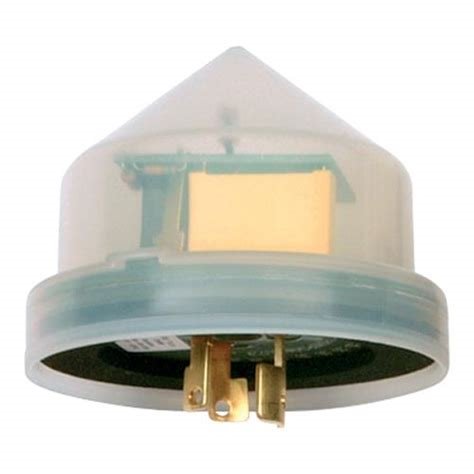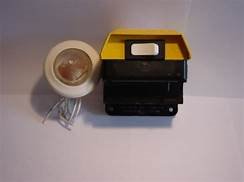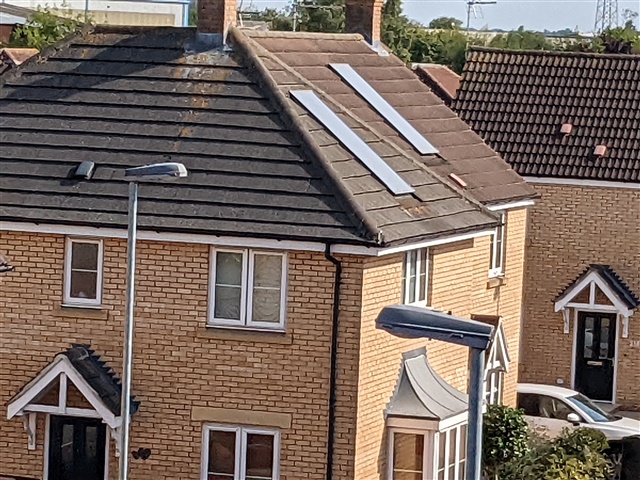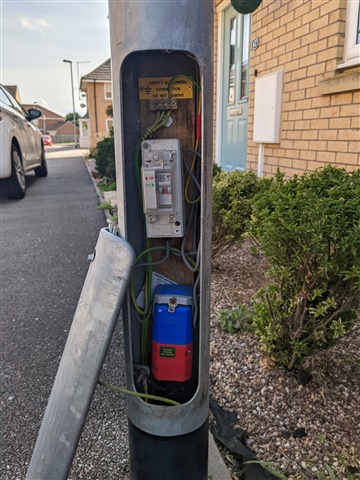Does anyone have an insight into how Councils control street lights? My client is a residents association in a private road just off a Lincolnshire County Council public highway. They have seven street lights in the private road, each appears to have a single feed to them and there is no (apparent) control box for them - it appears their street lights are fed from the public highway (unless I am missing something). In the middle of the night the public highway lights get turned off, but those on the private road do not. I have been asked to quote for providing a timer(s) for the lights in the private road - in my opinion the installation cost and inconvenience in the event of power cuts does not justify this approach - am hoping they can be included in whatever switching on/off the Council do. Any pointers please on who to speak to to see if the private road lights can also be controlled by the Council?


